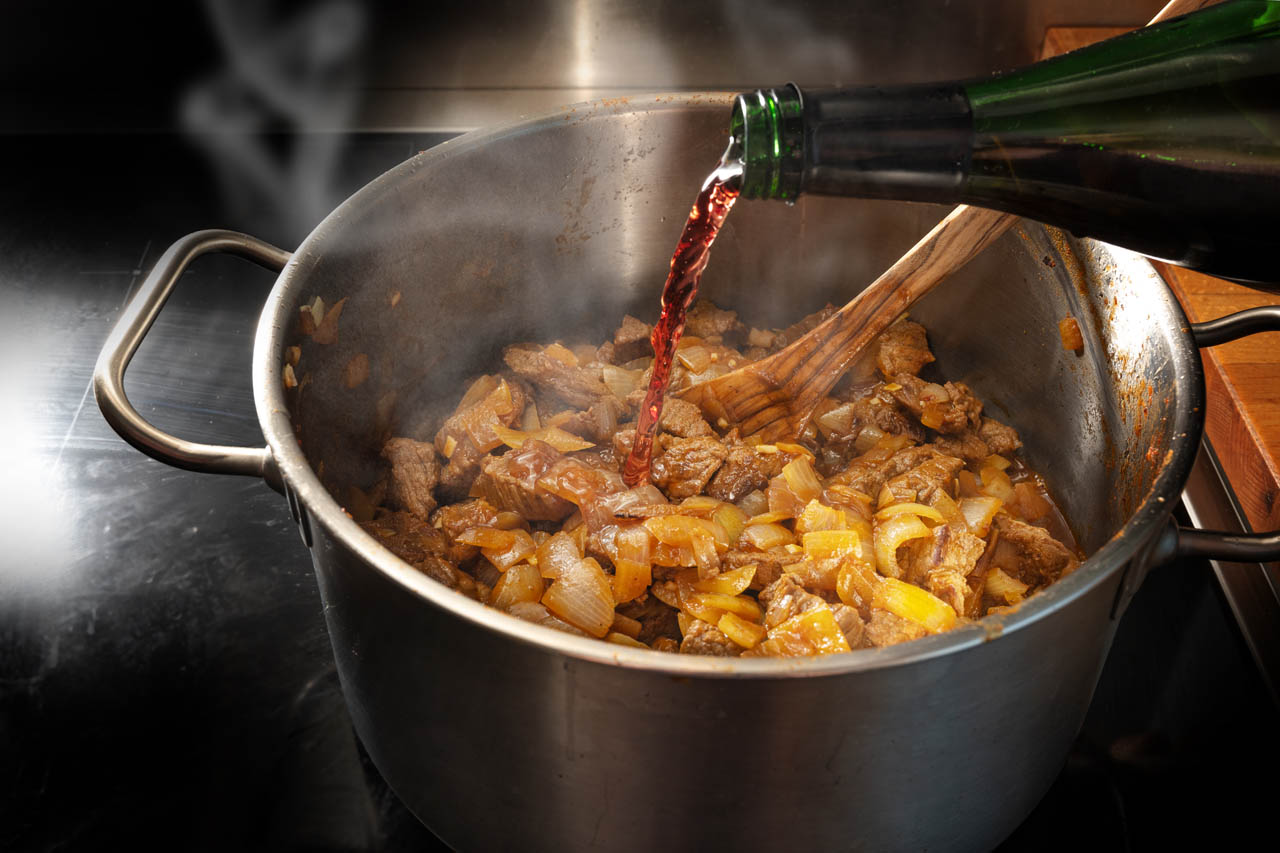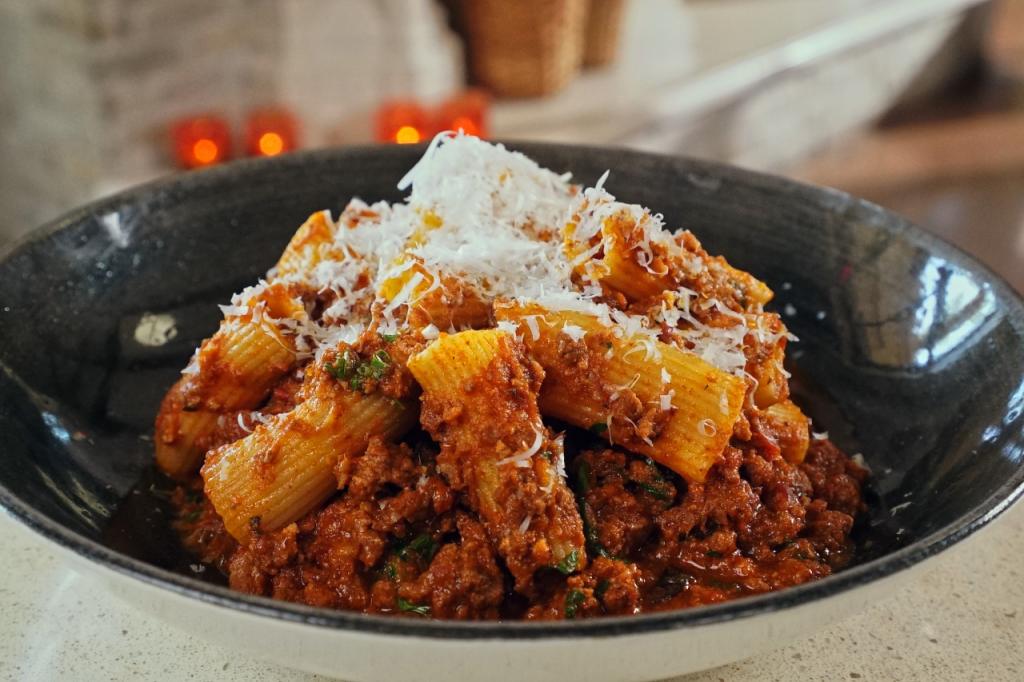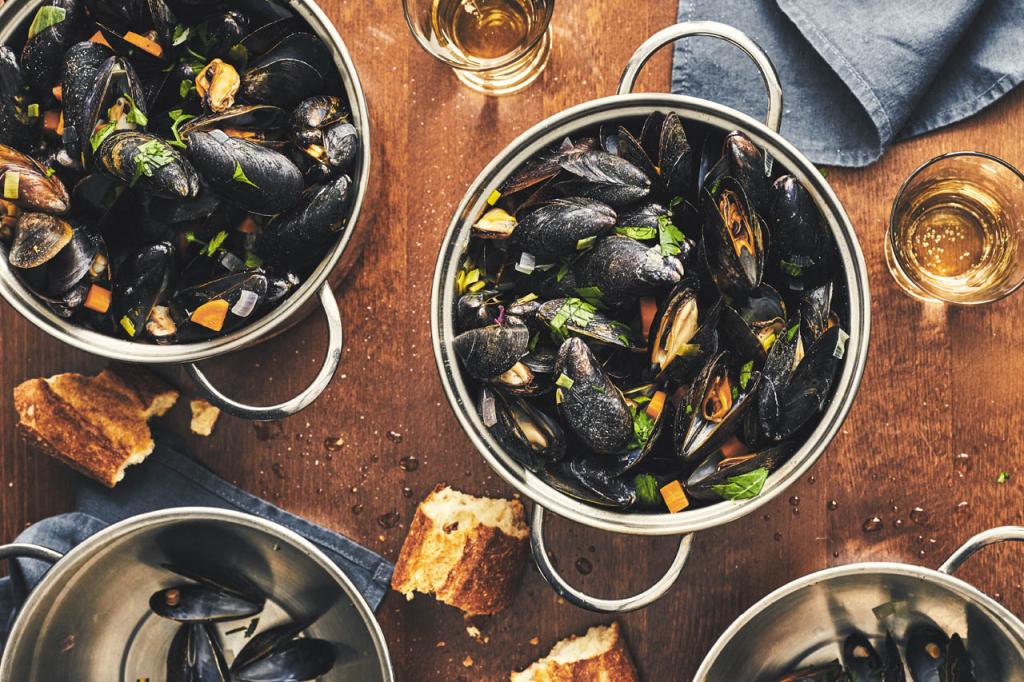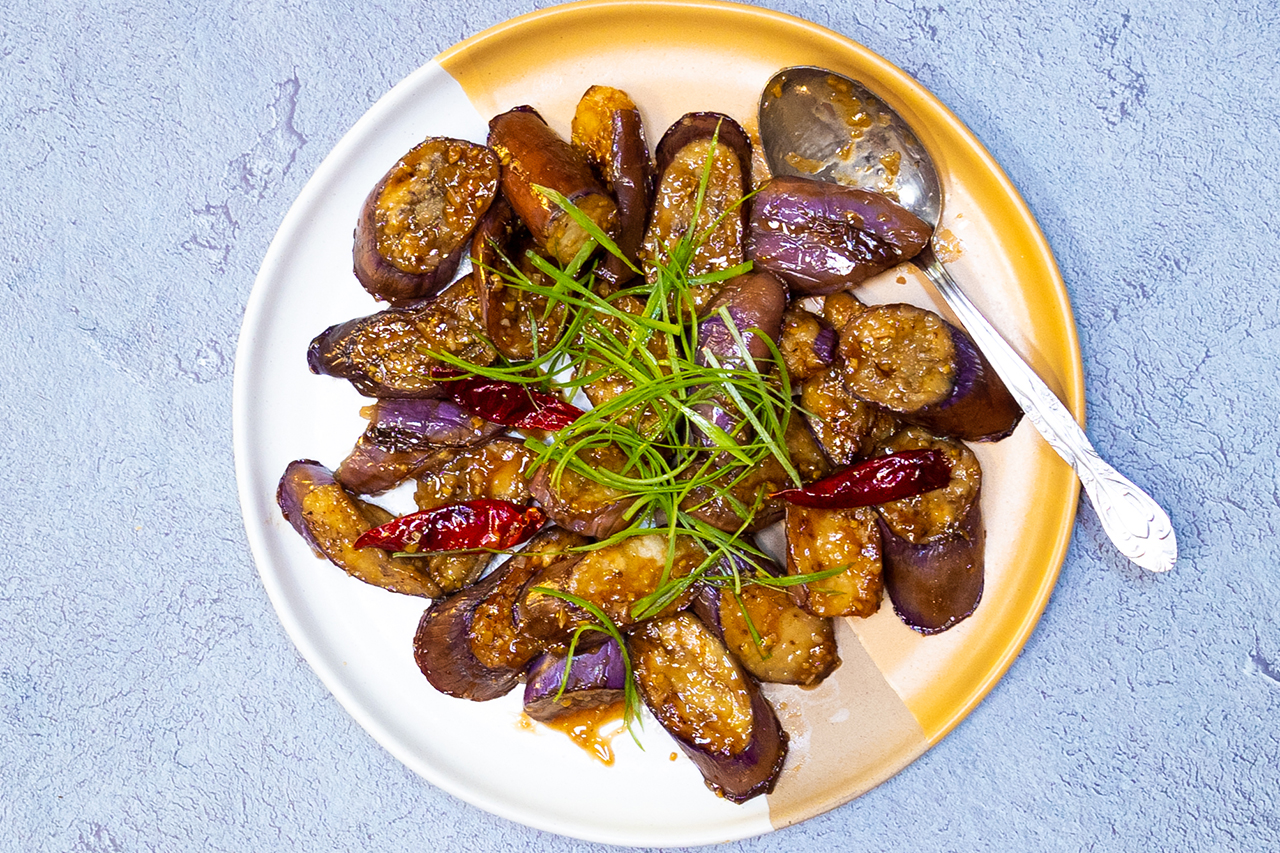
A well-chosen food and wine pairing can beautifully complement and enhance the flavours of one another, but wine’s food-boosting ability doesn’t start and end in the glass – wine can be indispensable for cooking as well. Considering how much thought can go into choosing a wine to drink, however, you might be wondering what knowledge is needed to add the right wine to your food. Can you swap white for red if that’s what you already have open? Does it matter if you choose a cheap or pricey bottle? Is there any reason not to grab the “cooking wine” available at the grocery store for convenience? Here are the basics you need to know to bring out the best in your cooking with a little glug of wine, from Shaoxing to cabernet sauvignon.
Related: Meet Justin Hall, Estate Winemaker at Nk’Mip – North America’s First Indigenous Winery
Why to use wine for cooking
Wine’s role in the kitchen is remarkably versatile. Much like seasoning, it can enhance the flavours of your dish and bring out more nuanced elements. The alcohol coaxes the flavour molecules of your ingredients open, while its natural acidity also works to pleasantly tenderize everything. As the alcohol burns off, it leaves behind the wine’s concentrated flavour, adding a new taste dimension to your dish.

Get the recipe: Rigatoni Bolognese
What’s the difference between cooking wine and regular wine?
The primary difference between the cooking wine you’ll see shelved alongside vinegars at your local grocery store and the wine you buy in a liquor store is quality. If you’ve ever taken a sniff (or a slurp) of cooking wine, you’ll know it isn’t meant for drinking for good reason. It also typically includes added preservatives, sweeteners and salt to bolster its shelf life.
Most chefs will advise you to skip grocery store cooking wine in favour of a bottle that you would actually drink. The additives found in cooking wine can negatively impact the subtle flavours wine is intended to bring to your dish.
Related: How to Order Wine at a Restaurant Like a Pro
How to choose a wine for cooking
A good rule of thumb when choosing a wine for cooking is to go for a moderately-priced bottle. Some of a wine’s flavour is lost in the cooking process, so it would be a waste to cook with an expensive bottle because you won’t be able to fully appreciate it in your final dish. On the other hand, cooking wine and other low-quality options may be too harsh to have the desired impact.
Most experts will tell you to cook with a wine that you like to drink. If you like the way the wine tastes in the glass, you’ll likely also enjoy the flavours it will bring to your dish. Cooking with wine can be a smart way to use up an open bottle that’s been sitting in your fridge for a few days. If you’re serving wine with dinner, you can also cook with the bottle you’re serving. You’ll only need a few splashes in your dish and the common element will make your wine and food pairing all the better.
In general, if you’re following a recipe that recommends cooking with red or white, don’t swap the two. White wine can typically be reduced down further than a red without becoming bitter, which means you could unintentionally introduce some unpleasant flavours into your dish if you cook with a red when your recipe calls for a white.

Get the recipe: Individual Mussel Pots
Types of wine
White wines
When choosing a white wine for cooking, look for something dry, crisp and light- to medium-bodied. Stay clear of sweeter wines like riesling and gewürztraminer, which can caramelize in the pan due to their higher sugar levels or may add too much sweetness to savoury dishes. Similarly, skip rich, oaky whites, which can turn bitter when cooked.
Instead, try a pinot grigio, which adds a fruity, mineral character that complements delicate seafood dishes like mussels. Sauvignon blanc can bring delicious herbal and citrusy flavours to marinades and risottos, while a buttery, unoaked chardonnay is a natural match for creamy sauces like alfredo, as well as gravy and chicken dishes.
Red wines
The best red wines for your kitchen have minimal oak and low to moderate tannins. That means you should pass on full-bodied reds like shiraz, syrah and zinfandel, which tend to have big tannins.
Instead, opt for a fresh, fruit-forward pinot noir to tenderize the meat in hearty stews. Cabernet sauvignon is another solid option for braising and slow-cooking meat. Merlot is great for making pan sauces or reductions, while chianti, gamay and grenache also work well in a variety of dishes that call for a splash of red.
Fortified wines
Fortified wines can be especially handy to have stocked for occasional cooking use because they have a longer shelf life, lasting for a few weeks once opened rather than a few days like traditional wines.
Marsala adds a lovely nuttiness to sauces in dishes like chicken marsala, and it’s also a nice match for seafood. Port and madeira can be reduced down to create semi-sweet sauces that pair well with desserts and cheese, while sherry brings an earthiness to braises and veggies.

Get the recipe: Chinese Stir-Fried Eggplant
Rice wine
Rice wine, which is typically clear and slightly sweet, isn’t actually wine at all. Rather than grapes, rice wine is made from fermented rice, wheat or barley – more like a beer.
There are dozens of different varieties of rice wine, but some of the most common kinds include Shaoxing wine, a Chinese cooking wine that adds acidity to stir-fries and marinades; mirin, a Japanese rice wine that’s ideal for making glazes and BBQ sauces; as well as sake, another style of Japanese rice wine that can be used in marinades, as well as soups and sauces.
Read more: A Definitive Guide to Vinegar
